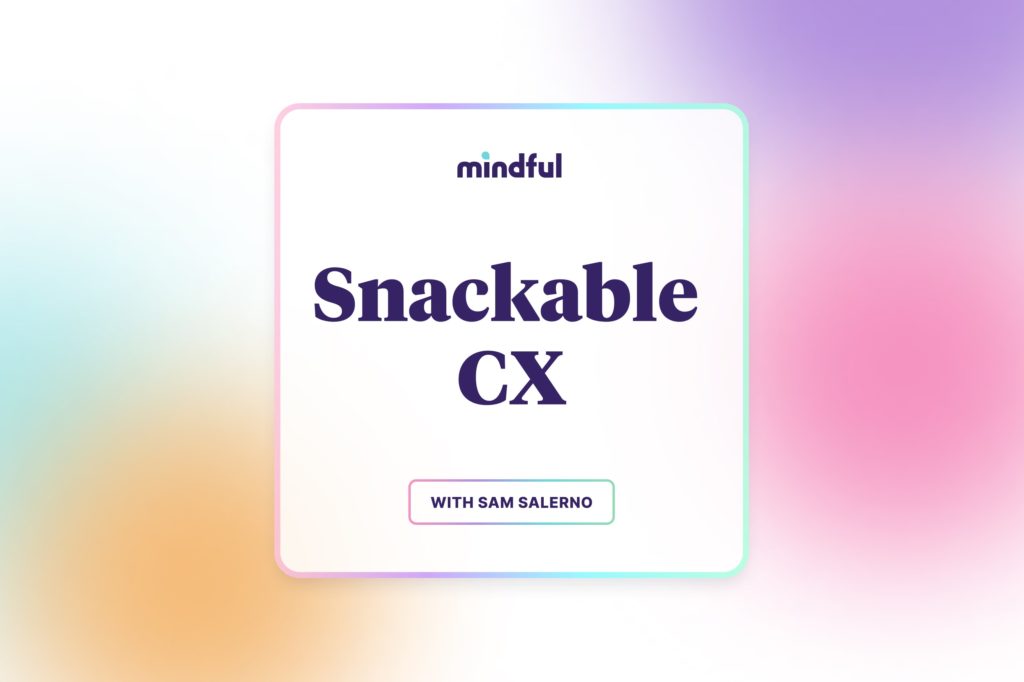Episode details
You don’t need an MBA to know that unhappy customers are bad news bears. Yeah, there are all the stats that tell you…but I mean, just conceptually, if your customers aren’t happy, you don’t have a business.
So when it comes to preventing customer frustration—particularly frustration with your contact center—you really need to get it right. Because, most consumers will leave after one—yep, just one—poor experience.
And fixing it all starts with knowing exactly what sets your customers off.
This episode was adapted from the article, “5 Causes of Customer Frustration with Call Center Service (and How to Fix Them).”
Still hungry?
Subscribe on Apple Podcasts or Spotify to get fresh episodes each week.




